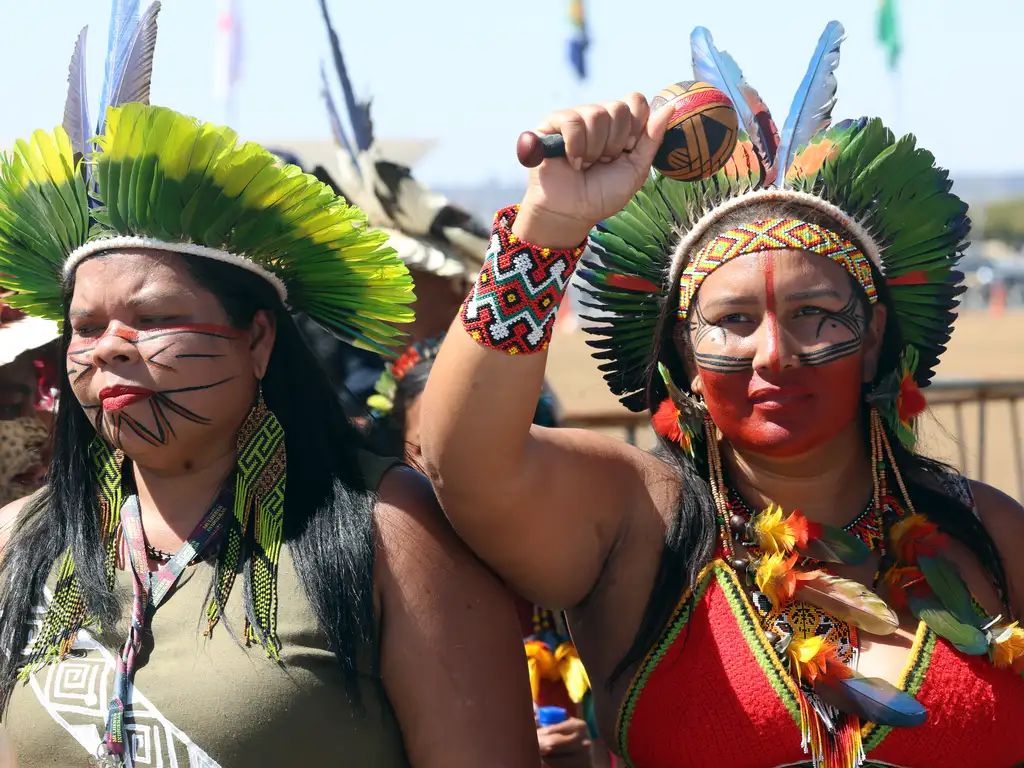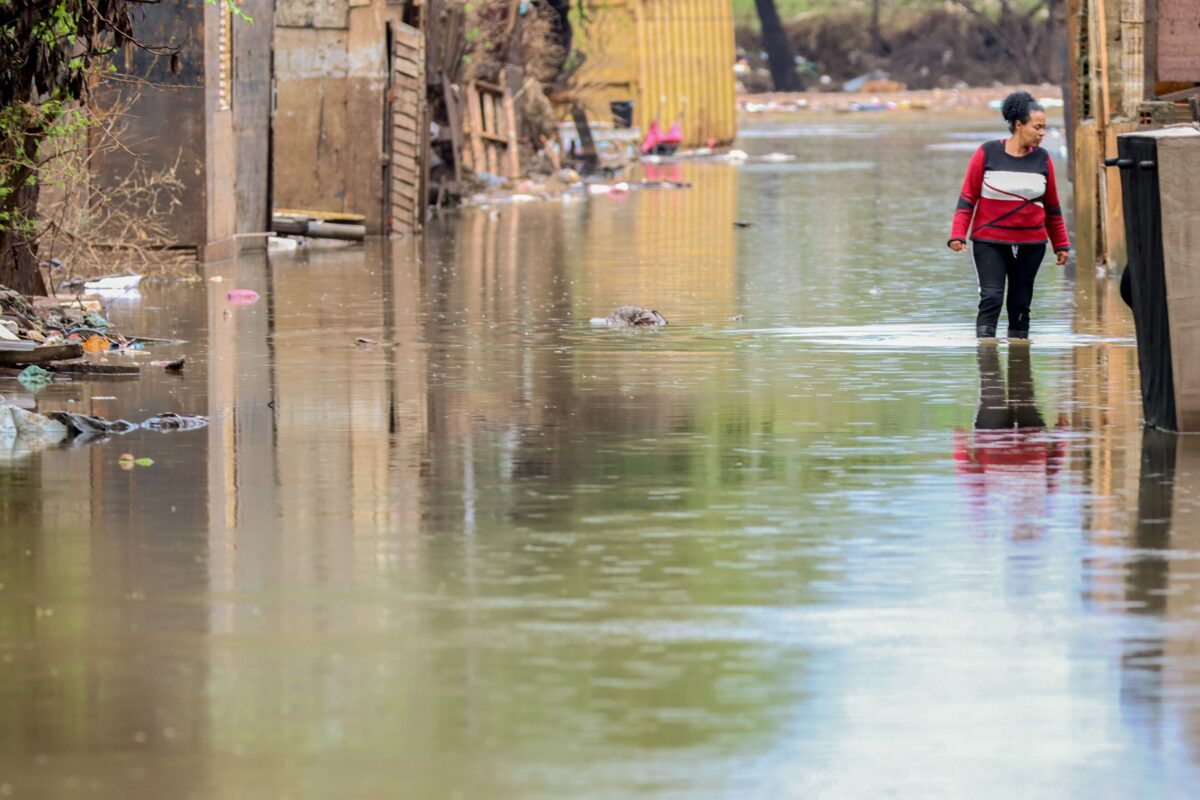 #News
#News
Floods increase risk of violence against women, study says
Global research shows that women exposed to extreme climate events have 10.78% more chance of suffering violence at the hands of an intimate partner
 A woman walking in a flooded street after heavy rainfall in Porto Alegre in 2024 | Image: Bruno Peres/Agência Brasil
A woman walking in a flooded street after heavy rainfall in Porto Alegre in 2024 | Image: Bruno Peres/Agência Brasil
Flooding caused by cyclones, tsunamis, and heavy rain may be related to an increase in cases of physical, sexual, and psychological violence against women, particularly in countries of low and medium income, concludes a study published in the journal Nature Water in February.
In recent years, different studies have pointed to a connection between extreme climate events—such as droughts, heatwaves, earthquakes, and flooding—and an increase in cases of intimate partner violence (IPV). The data, though, have often been inconclusive. The new study has made advances in this field by drawing from a wide and heterogeneous population base.
Data from more than 340,000 women
Conducted by a team of researchers led by Renjie Chen of Fudan University (China), the study analyzed data on 340,955 women between the ages of 15 and 49 from across Africa, Asia, Latin America, and the Caribbean, in thirty-one countries. The information was obtained through interviews conducted between 2008 and 2021 by the Demographic and Health Surveys (DHS) program, financed by USAID.
Of the total interviewed, 31.1% had been affected by flooding in the preceding 12 months, with 88,460 reporting having suffered some type of violence at the hands of their partners in the same period. Physical aggression was the most prevalent (19.44%), followed by emotional (16.03%) and sexual abuse (6.18%).
“The risk of women exposed to floods suffering some form of violence by their partners was 10.78% higher than women not exposed to this type of climate event,” the study found
Emotional violence had the highest growth
The risk of emotional violence presented the highest percentage growth (17.62%) among women exposed to floods; increases in sexual violence came next (13.03%), followed by physical aggression (4.94%). The association was most significant in African countries, and less intense in Asia.
The authors indicate that the general prevalence of IPV tends to increase by 3.88% on each flooding event, and 0.23% for every additional day of exposure to this type of climate disaster.
Stratified analyses reveal that younger women, with lower levels of schooling than their partners, living in rural areas and coming from low-income families, are more vulnerable to flood-associated violence.
“This vulnerability results from structural social disadvantages, which are exacerbated in situations of disaster,” write the authors.
Floods can worsen domestic stress and lead to a scarcity of essential items, both in agricultural and urban areas, thereby elevating the risk of violence. In situations such as marriage at young ages, common in some Asian and African countries, the inequalities between partners also contribute to this scenario.
Moreover, floods can jeopardize the offer of public services and hamper victims’ access to support networks and legal mechanisms. Isolation during such events also means that women spend more time with their partners, increasing exposure to the risk of violence.
Climate justice in the spotlight
Recent research reveals that developing countries—particularly those in sub-Saharan Africa, southeast Asia, and Latin America—face more severe impacts from climate change. The scarcity of resources, precarious infrastructure, and poor governance aggravate the damage caused by natural and social disasters.
In this scenario, the study’s authors defend climate justice and gender equality policies as urgent requirements.
“Climate justice needs to take into account structural inequalities that increase the exposure of women in vulnerable situations through the impacts of extreme events,” conclude the researchers.
*
This article may be republished online under the CC-BY-NC-ND Creative Commons license.
The text must not be edited and the author(s) and source (Science Arena) must be credited.
News
 #News
#News
 #News
#News
 #News
#News
